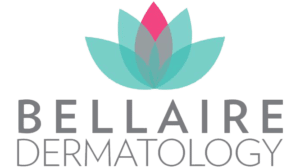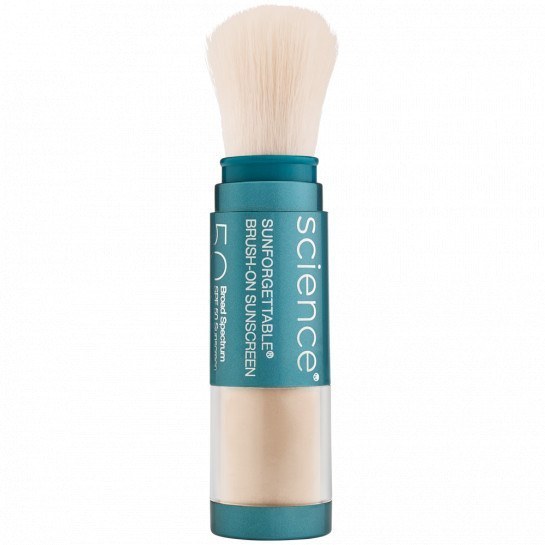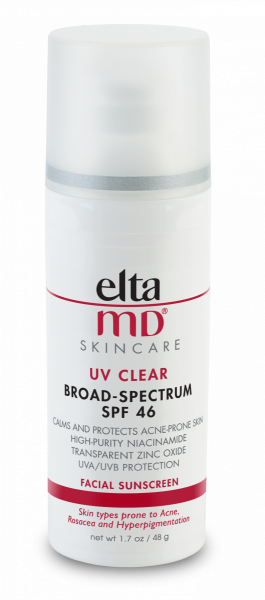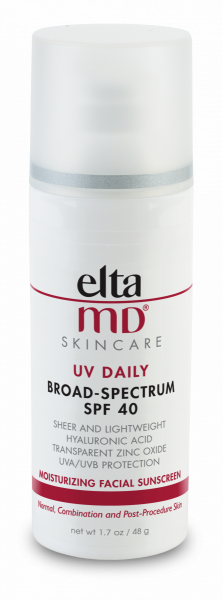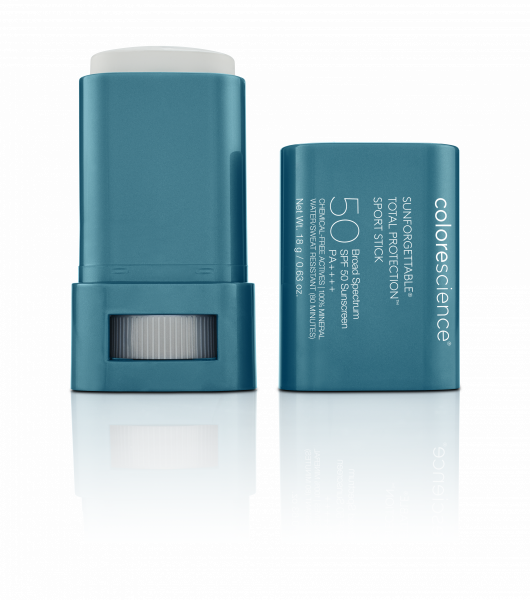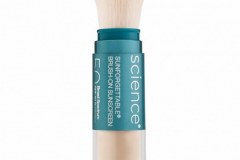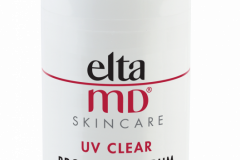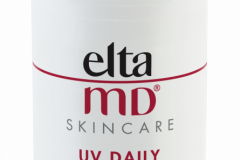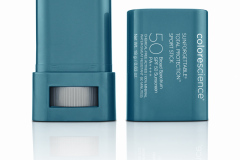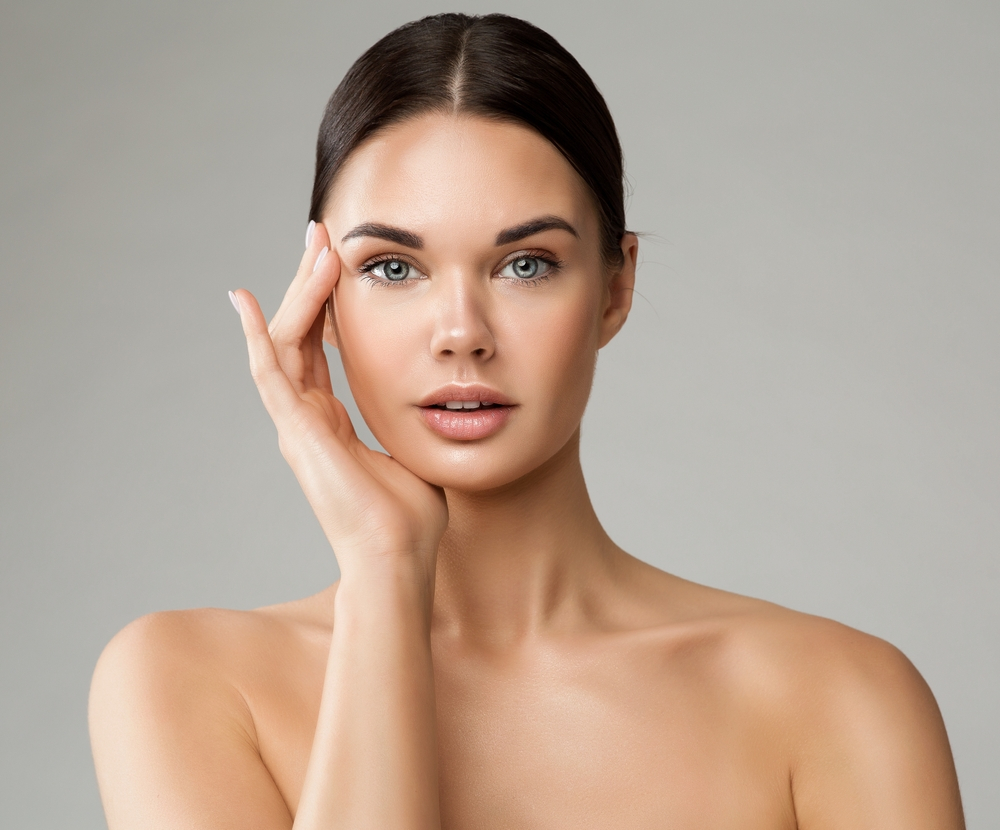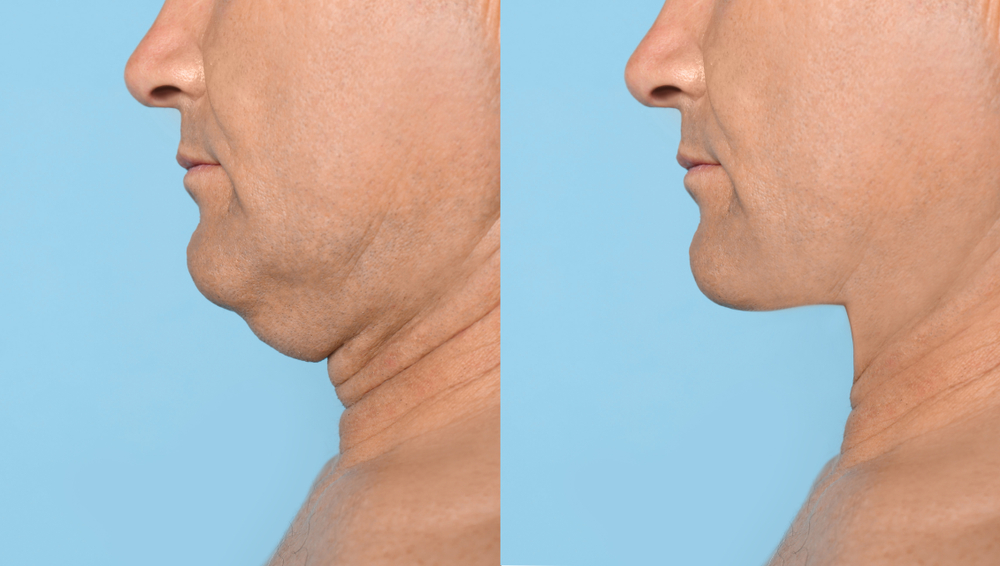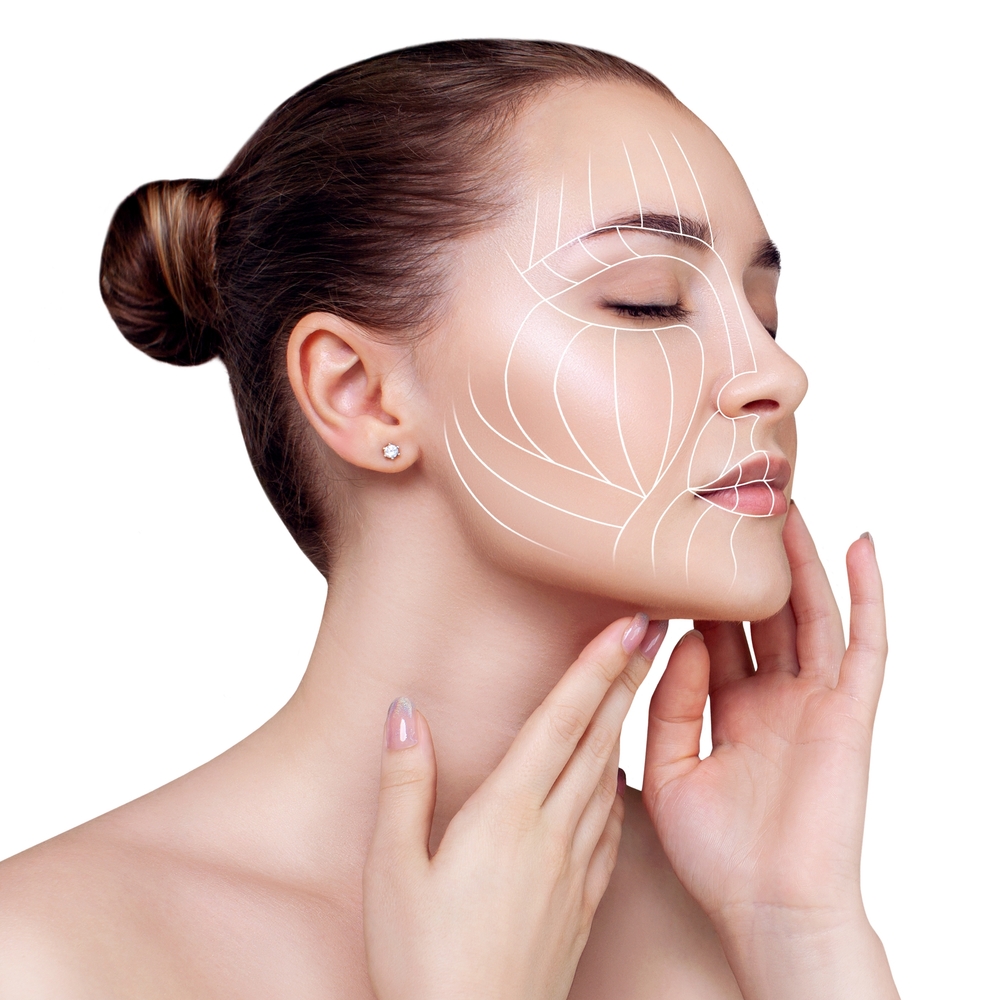What Sunscreen is Best for Me?
Sun protection can take on several different forms. For instance, avoiding outdoor exposures between 10AM and 2PM when the sun’s rays are the strongest. In addition, wide-brim hats and sun protective clothing offer an alternative to sunscreen—just look for “UPF” (ultraviolet protection factor) on clothing similar to SPF on sunscreens.
Sunscreen
Choosing a sunscreen can be overwhelming! The key things to look for are: SPF 30 or higher, broad spectrum (may also say UVA/UVB coverage), and water-resistant. Reapplication is key-when outdoors, apply every 2 hours or immediately after sweating or swimming. When applying sunscreen, rub on a generous layer. As a guide, it takes about 1 ounce (about a shot glass full) of sunscreen for one application to the entire body.
In addition to skin cancer, the sun’s harmful rays also lead to premature aging. This manifests as thinning skin, easier bruising, increased wrinkles, and more numerous dark spots (aka “liver spots”). Early and diligent sun protection can actually slow down the skin’s aging process to keep you looking youthful longer!
There are two major types of sunscreens—chemical blockers and physical blockers. Chemical blockers are made from organic compounds such as avobenzone, oxybenzone, and octinoxate, octisalate which absorb the sun as the rays attempt to penetrate the skin. Physical blockers contain zinc oxide or titanium dioxide and deflect the harmful UV rays. Each type of sunscreen has its pros and cons.
Physical Sunscreens:
Pros:Cons:
| Works immediately | Washes off more easily in the water (may require more frequent applications) |
| Less irritating/better for sensitive skin | May look white on the skin |
| No systemic absorption | |
| Longer shelf life | |
| Less likely to clog pores |
Chemical Sunscreens:
Pros:Cons:
| Thinner and easier to spread over the skin (less needed to cover the body) | Starts working about 20 minutes after application |
| May be more irritating to sensitive skin | |
| May clog pores |
My favorite daily sunscreens are Face Shield by Colorescience and UV Daily by EltaMD. Face Shield comes in 3 different variations all offering you an even finish and great protection! EltaMD’s UV Daily is another great daily sunscreen that won’t look white on skin. For easy to find products, my favorite brands are Neutrogena, Cetaphil, CeraVe and Aveeno. For gentlemen, I find that they prefer Elta MD’s UV Daily or UV Clear. For darker skin tones, patients like Face Shield Bronze by Colorescience and Elta MD UV Clear.
New Game Changers
Colorescience makes a sunscreen powder! This makes reapplication to the face much simpler and more elegant. I use this sunscreen as a setting powder to decrease my oily shine throughout the day. Sunscreen and beauty all in the same brush! Many brands make sunscreen bars that look like deodorant. These are great for golfers, fishers, etc. as easily application avoids getting the hands greasy. Sunscreen powders and bars allow for easy access when you are on the go and easy reapplication.
Sun Exposure Myths and Facts
Myth: If it is cloudy outside, you do not need to wear sunscreen.
Even if you are not spending extended periods of time outdoors, you should still wear sunscreen. Ultraviolet (UV) radiation from the sun easily penetrates clouds and car windows alike. Stay protected at all times.
Myth: There is a “healthy base tan.”
A tan is your body’s response to sun-induced injury and only provides protection equivalent to SPF 4. Once sunlight hits the skin, UV radiation penetrates skin cells causing damage. The cells respond by releasing melanin (pigment) as a shield to absorb future UV rays. Simply put, a tan is a direct reflection of UV radiation damage. This damage can lead to skin cancer as well as accelerated aging (wrinkles, thin skin and “liver spots”).
